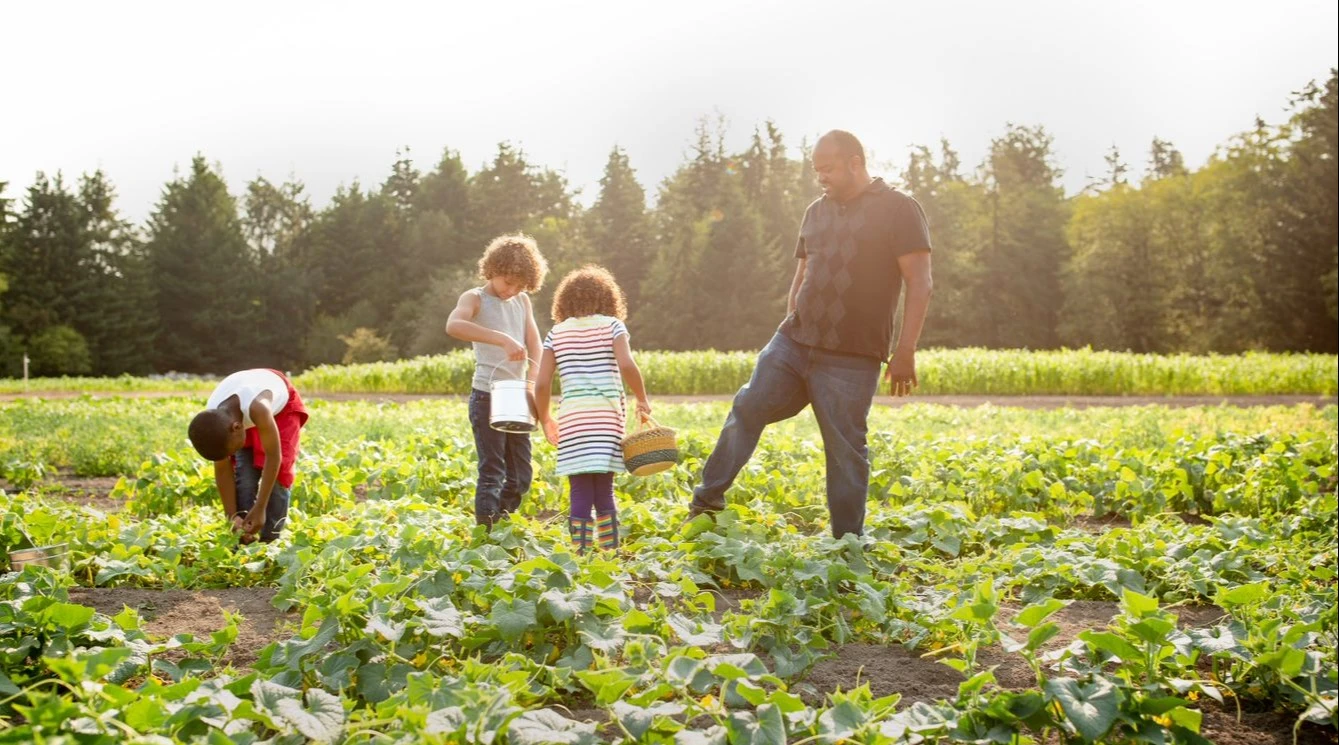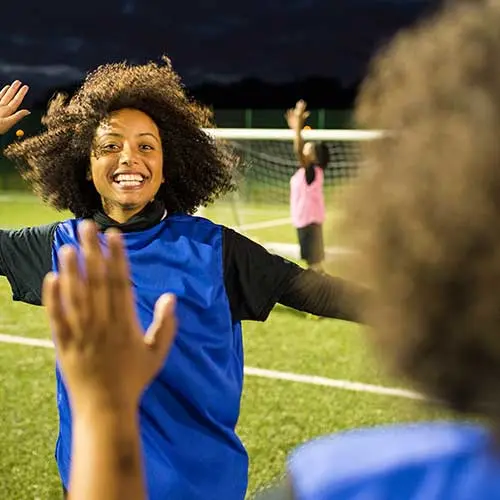
Environmental
sustainability.
At P&G, Environmental Sustainability is embedded in how we do business across our operations, supply chain, and brands. The recipe for success is in the power of AND – innovation that solves everyday problems through irresistible superiority that drives market growth and is more environmentally sustainable – helping to fulfill our purpose of improving lives for generations to come.
3 Levels of Impact



We create value by making sustainability an important consideration of how we design superior products and services through four science-based pillars — Climate, Waste, Water and Nature. Our strategy seeks to deliver environmental impact at three levels: reducing our own impact, enabling people to reduce their impact, and helping scale solutions across industries.


Climate
Learn more about P&G’s efforts to reach net zero by 2040.
P&G’s ambition is to reach net zero greenhouse gas (GHG) emissions across our supply chain and operations – from raw material to retailer – by 2040. Our climate journey began over a decade ago with goals at our own manufacturing facilities. Since then, we have expanded and accelerated our efforts to address GHG emissions across the life cycle of our products, and within our operations and supply chain.
Our focus is on significantly reducing absolute GHG emissions in our operations and supply chain to reach our net zero ambition by 2040. Our ambition is to balance any remaining emissions from our operations and supply chain as of 2040 by advancing natural or technical solutions that remove an equivalent amount of GHG emissions from the atmosphere. To help pace our progress toward 2040, we have established near-term science-based targets for 2030. We have also shared a Climate Transition Action Plan that outlines our comprehensive approach to accelerating climate action and the key challenges ahead. Our net zero ambition will require partnership across the private, nonprofit and public sectors to support the transformation of energy and transportation infrastructures needed at scale.


Waste
P&G’s aim is to support a more circular value chain where more materials are recycled and remade to remain in use instead of becoming waste. We are working to design all our consumer packaging to be recyclable or reusable by 2030.
P&G provides everyday products of superior quality and value to people around the world. Product packaging materials are useful in providing product protection. Lighter weight packaging helps lower GHG emissions during transportation.
We believe we can unlock more worth from packaging materials long after their first use. P&G is teaming up with industry coalitions and nonprofits to invent and find scalable solutions to reduce waste and increase recyclability and reuse of packaging and materials.


Water
How are we contributing to a water positive future?
Water is essential for the making and use of our products. Our comprehensive strategy includes reducing water in our operations, restoring water in 18 water-stressed areas around the world where we operate, and responding to water challenges through innovation and partnerships.


Nature
Learn how we’re supporting the natural ecosystems that support P&G and beyond.
At P&G, we understand that the success of our business is intricately linked to the health and sustainability of the natural environment.
We are committed to responsible sourcing of key commodities like wood pulp, palm oil and paper packaging together with respecting human, labor, and land tenure rights in our supply chains. We are investing in a portfolio of projects to help protect, restore or improve priority landscapes and we are supporting natural climate solutions.
We recognize we cannot do this alone, which is why we collaborate with partners for broader impact.

Our work doesn't stop here
For more information, visit our ESG Investor Portal where you can find out more about P&G goals and efforts on water, waste, climate, forestry, equality and inclusion and governance, among others.

History of P&G Sustainability.
To see the full history of our environmental sustainability efforts, take a look at our timeline.



